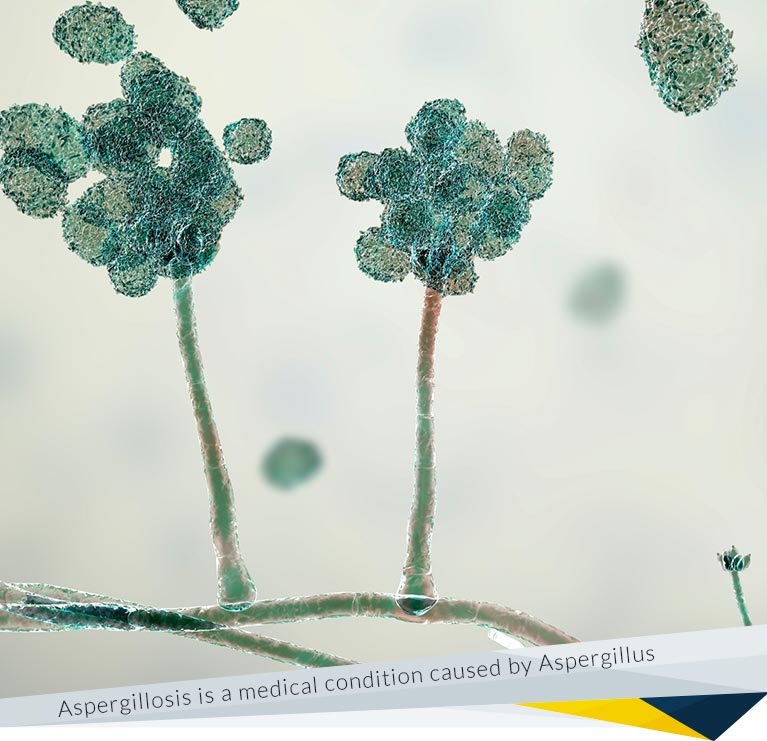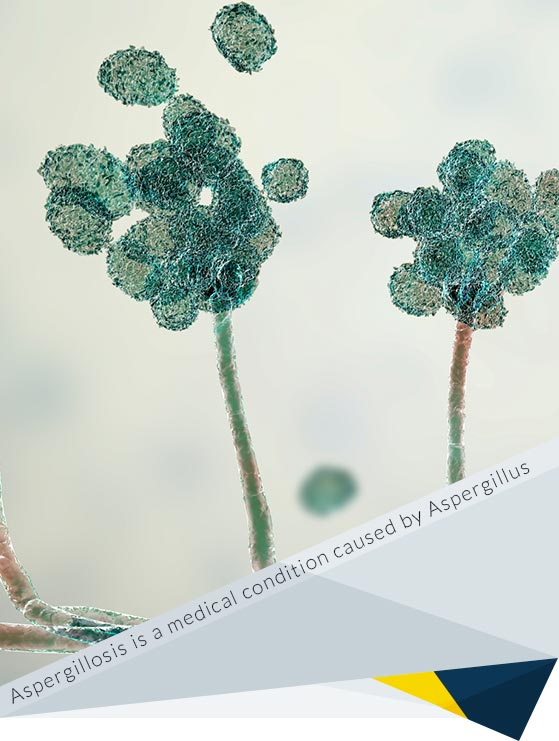
Aspergillosis can be a severe condition with drastic health consequences. Luckily most people are not at high-risk for aspergillosis. Nevertheless, according to the CDC, aspergillosis caused nearly 15,000 hospitalizations in recent years. Aspergillosis can be prevented with appropriate control and removal of mold from the home.

Aspergillosis is a medical condition caused by Aspergillus, a common type of mold. Exposure to Aspergillus fumigatus is the most common cause of aspergillosis. Mold usually does not harm healthy individuals with strong immune systems. However, mold growth in the home can cause serious health problems.
The word Aspergillosis is used to describe a range of related diseases, including allergic bronchopulmonary aspergillosis (ABPA) and invasive aspergillosis. ABPA occurs when the lungs overreact to the presence of mold, causing difficulties breathing. Invasive aspergillosis is a severe infection that happens in response to mold exposure.
Invasive aspergillosis can cause:
Aspergillus can cause bone pain, skin sores, and vision problems, depending on where the infection happens in the body. In more long-term types of aspergillosis, infected people may have a mass of fungus fibers in small pockets of the lungs. These fungus balls are called aspergillomas, and they are visible in the lungs on diagnostic imaging.
Aspergillus is common in everyday life. In fact, people may breathe countless Aspergillus spores on a daily basis and not even realize it.
Aspergillus can be found outside on:
Mold can enter the home through windows, air vents, and open doors. Aspergillus can also travel inside via dirty shoes, clothing, and pets.
Once the mold has found an entry point, it can continue to grow wherever there is moisture. Mold thrives in damp environments. Aspergillus can invade ceiling tiles, wood floors, and insulation materials that have been exposed to moisture.
Aspergillosis usually affects people with poor immune systems and individuals with lung problems. People with allergies also tend to be more reactive to molds.
Many people who develop allergic bronchopulmonary aspergillosis (ABPA) also have asthma or cystic fibrosis. Research cited by the CDC has shown that around 4.8 million people with asthma also have ABPA. Invasive aspergillosis is especially harmful for people with cancer or those who have undergone an organ transplant.
Regardless of health status, it is important to remove mold from the home and keep living spaces clean and safe.
Aspergillosis can be treated with medications in the hospital, but some people may experience complications, including:
Outcomes can be especially poor for people with invasive aspergillosis. Even after treatment, aspergillosis may come back.
If you are at high-risk of developing Aspergillosis, you may be advised to avoid activities outdoors, such as gardening and yard work. If such activities are unavoidable, protection with gloves, a face mask, and long-sleeved clothing can minimize contact with mold.
Another way to prevent aspergillosis is to fix indoor sources of mold. Growth of mold can be controlled by:
If mold is visible or it has infiltrated deep into the carpet, ceiling, or walls, it may be time to contact FDP Mold Remediation.
Aspergillus mold removal is one of our priority concerns because we value the safety of our clients.
One of our clients was diagnosed with aspergillosis related to mold in his home. The client was on medications for asthma, and he regularly had lung problems. This time, he realized that he was coughing way more than normal and was having trouble breathing. He sought medical attention and was diagnosed with allergic aspergillosis.
The doctor was able to successfully treat our client with antifungal medications. However, the doctor emphasized the importance of controlling any sources of mold in the client's home to prevent future aspergillosis.
Our client called us and explained that he needed his house inspected for mold. He scheduled an appointment with our mold inspection service. We visited his home and were able to treat the mold growth successfully.
Our high-quality service exposes and addresses the underlying causes of mold.
Preparing the work area is crucial to prevent mold from spreading during the mold remediation process. We use negative pressure to physically seal in the containment area. We also set up air scrubbers with HEPA filters to remove mold spores from the air. This ensures that even the smallest mold particles are removed from the home.
During mold removal, we combat and repair any sources of moisture to prevent future growth. We use an individualized mold removal process that best treats the affected area. Our technicians eradicate invisible spores and tackle mold hidden in porous surfaces.
After mold removal, we thoroughly clean and sanitize the area using anti-microbial solutions to eliminate any remaining mold spores. This guarantees a clean, safe, and mold-free home.
We appropriately dispose of any materials that are severely damaged by mold. When mold grows on porous materials such as sheetrock, insulation, or wallpaper, it cannot be salvaged. We strictly adhere to safety protocols when disposing of damaged materials to ensure public health. We use licensed contractors to help with reconstruction as needed.
Ten days after the mold remediation procedure, we had a check-up call with our client to make sure that the mold has not returned. Our client appreciated our concern. He was happy to report that there was no mold in sight, and he was in perfect health.
At FDP Mold Remediation, we provide an effective and thorough mold remediation service that prioritizes the safety and health of our clients.
Aspergillosis is a serious medical condition. Prevention and removal of Aspergillus mold is crucial to avoid health complications.
At FDP Mold Remediation, we can help!
Contact us today at 877-421-2614 to learn about our mold remediation services and how we can protect your home and health.



